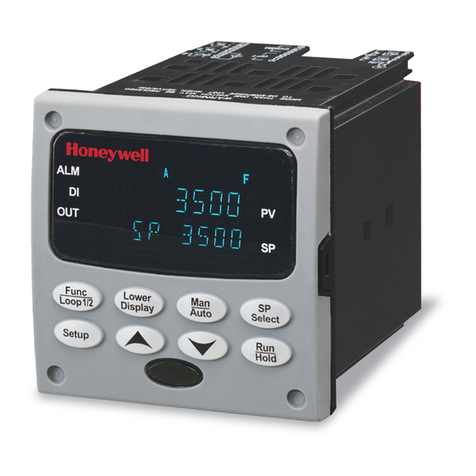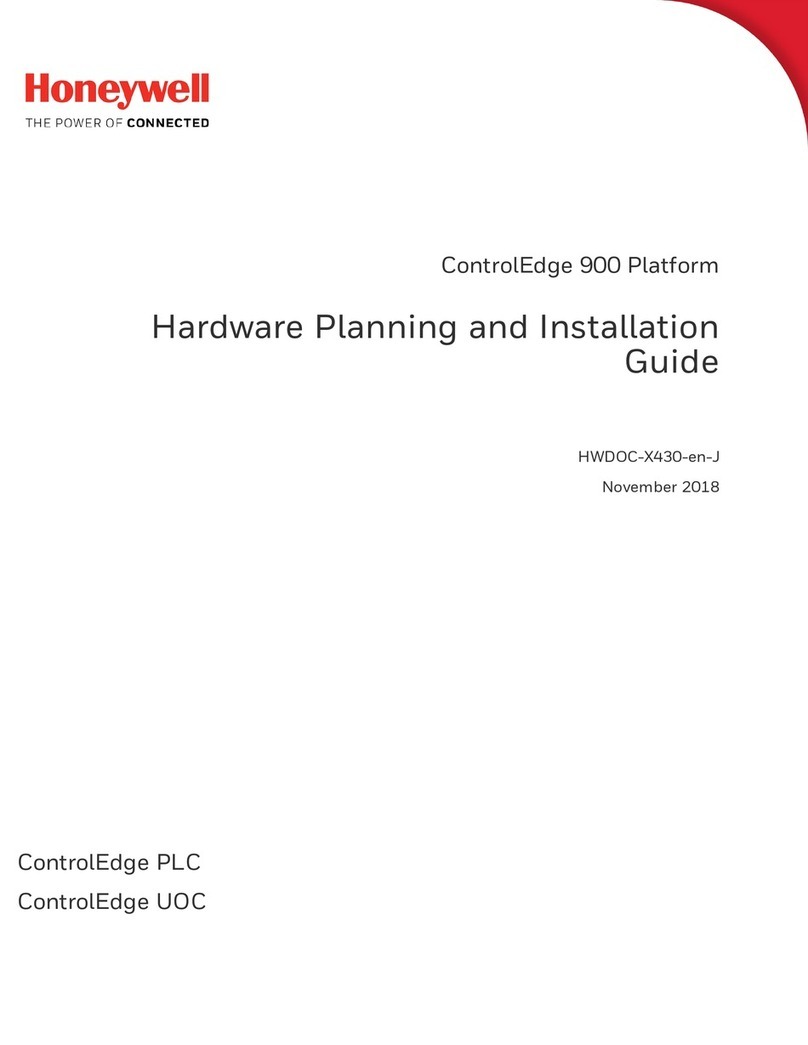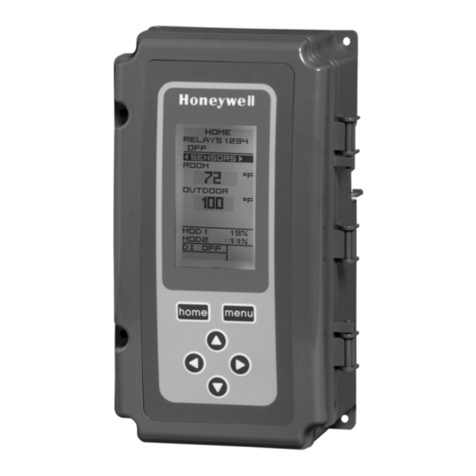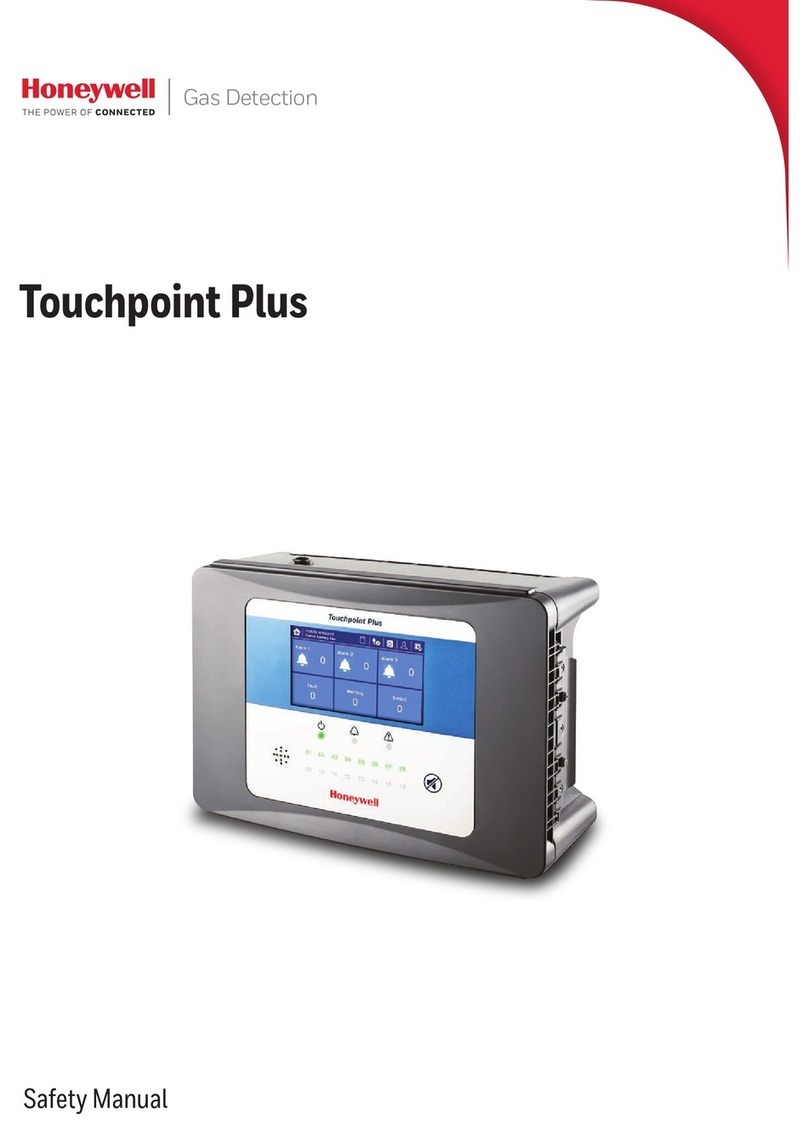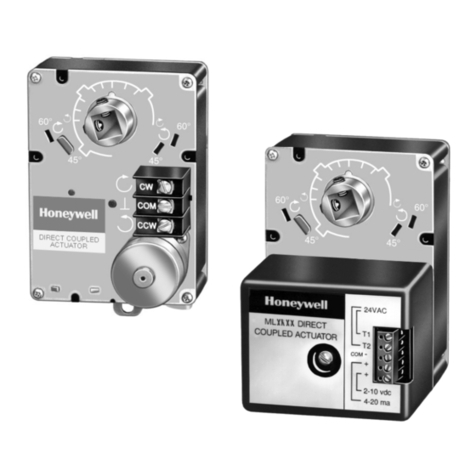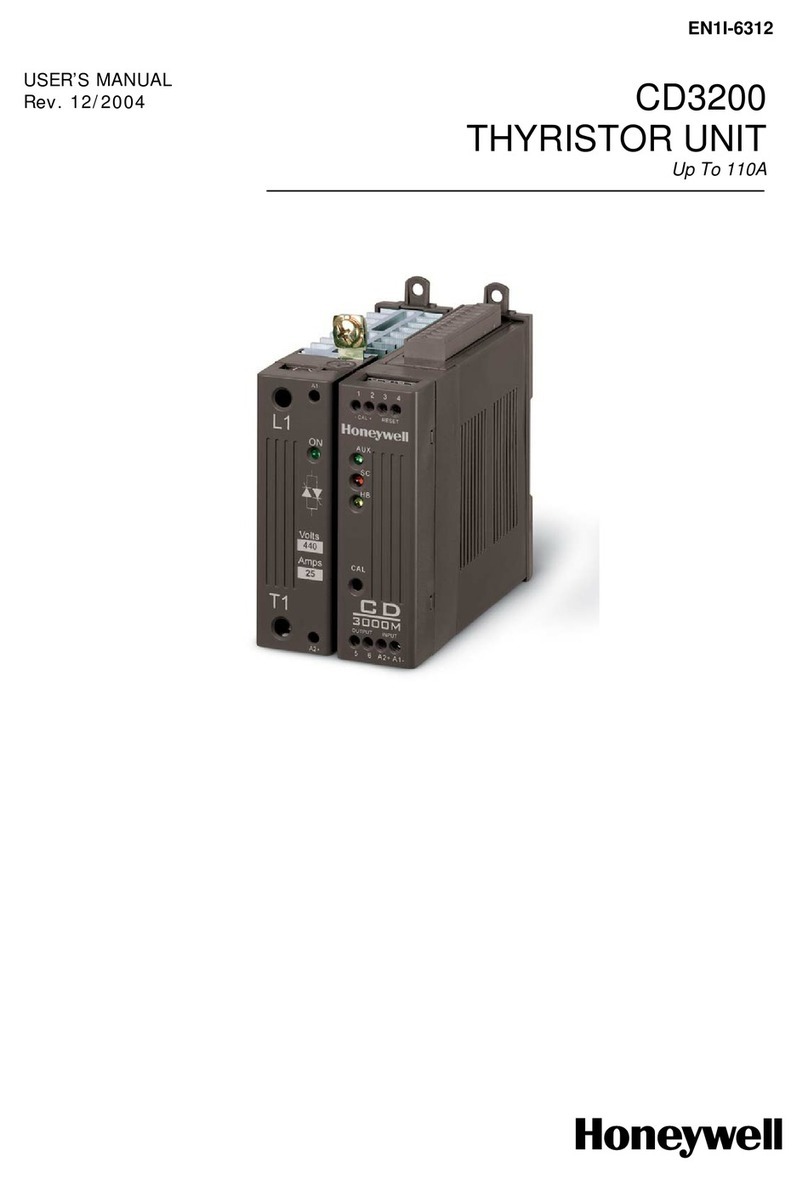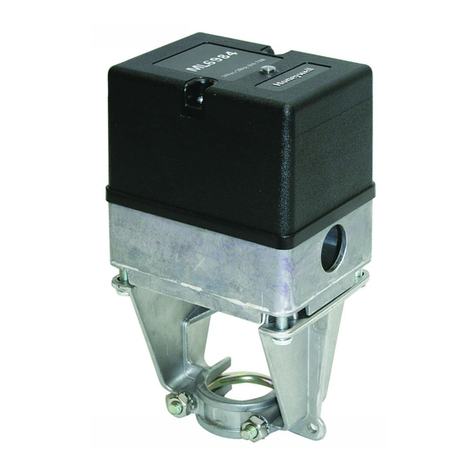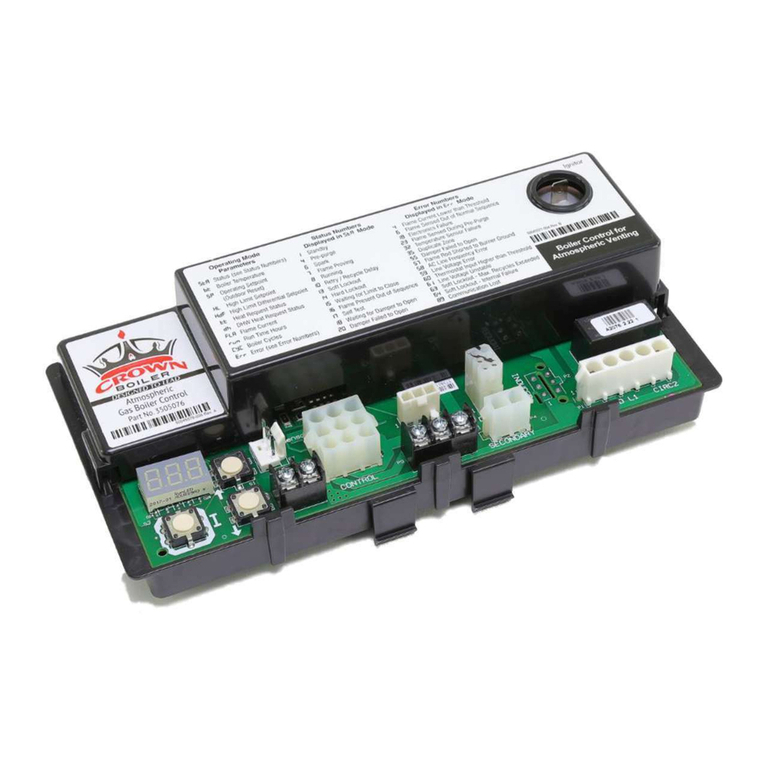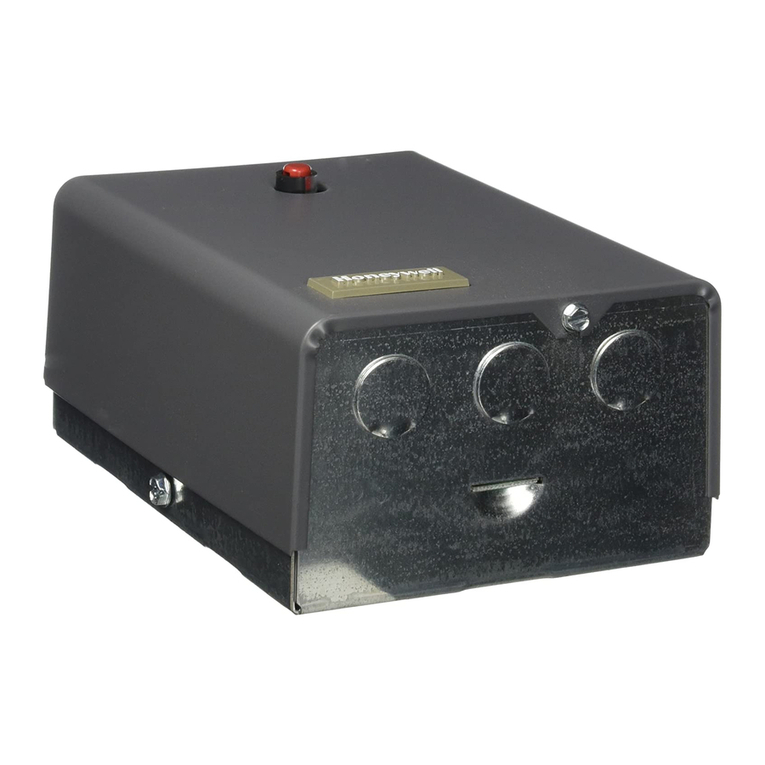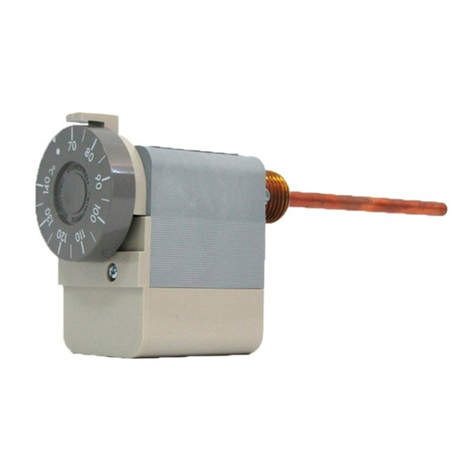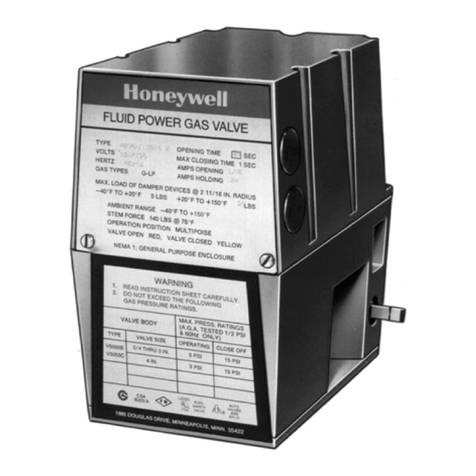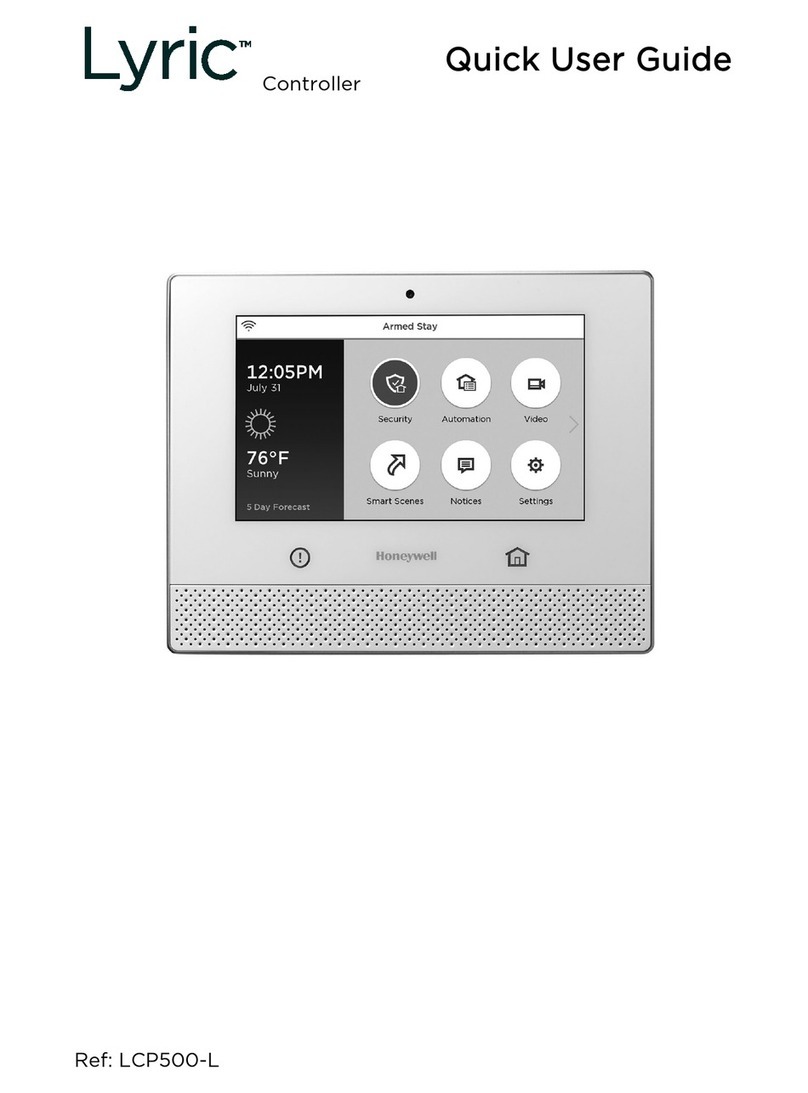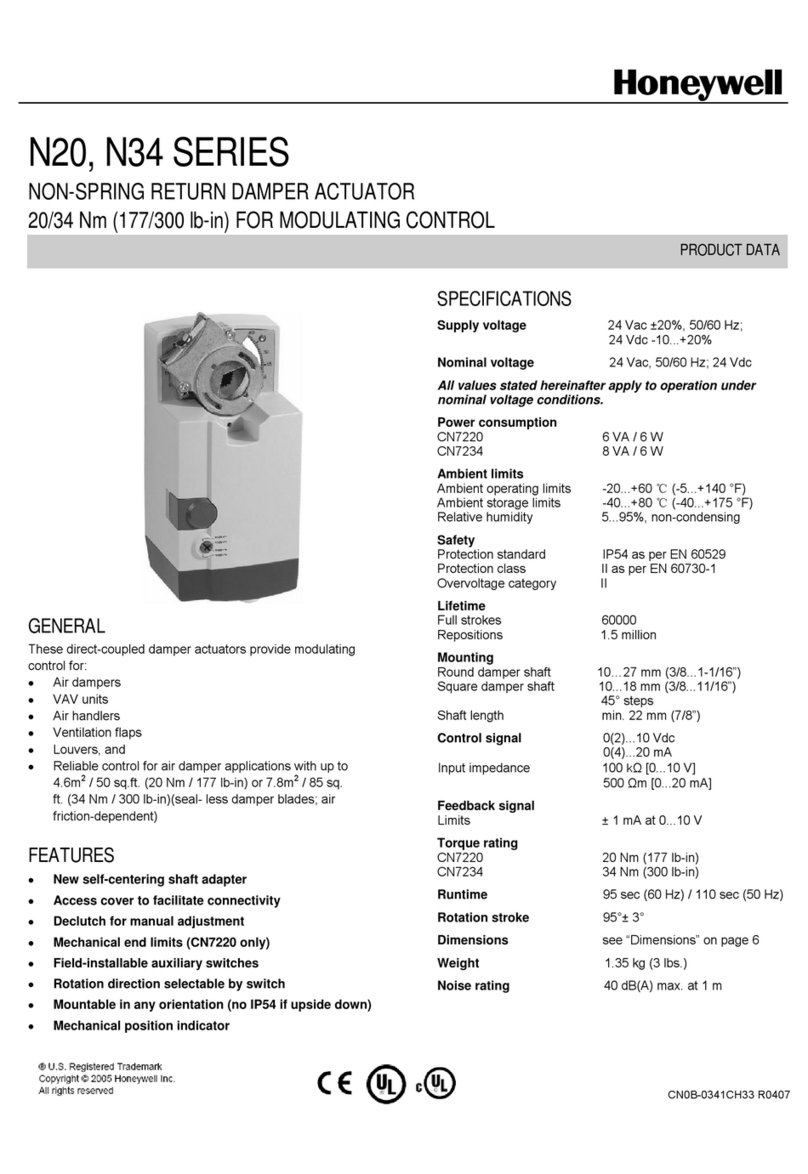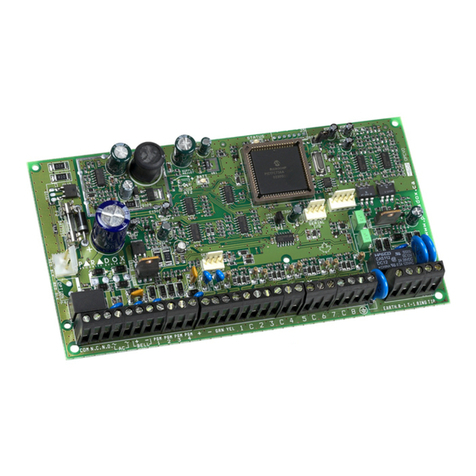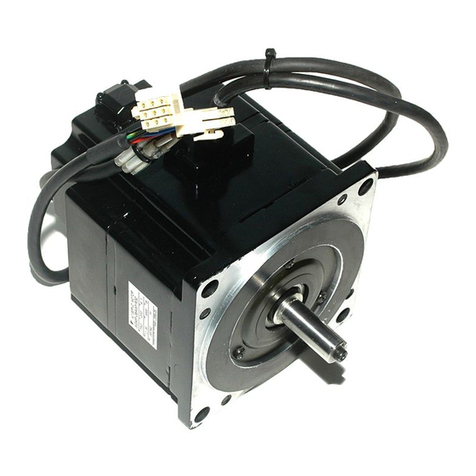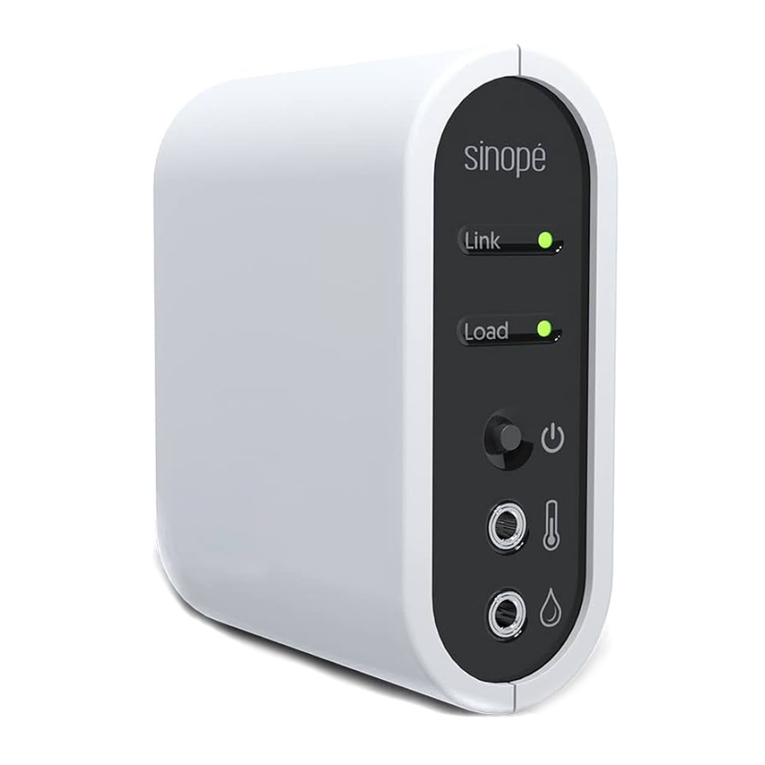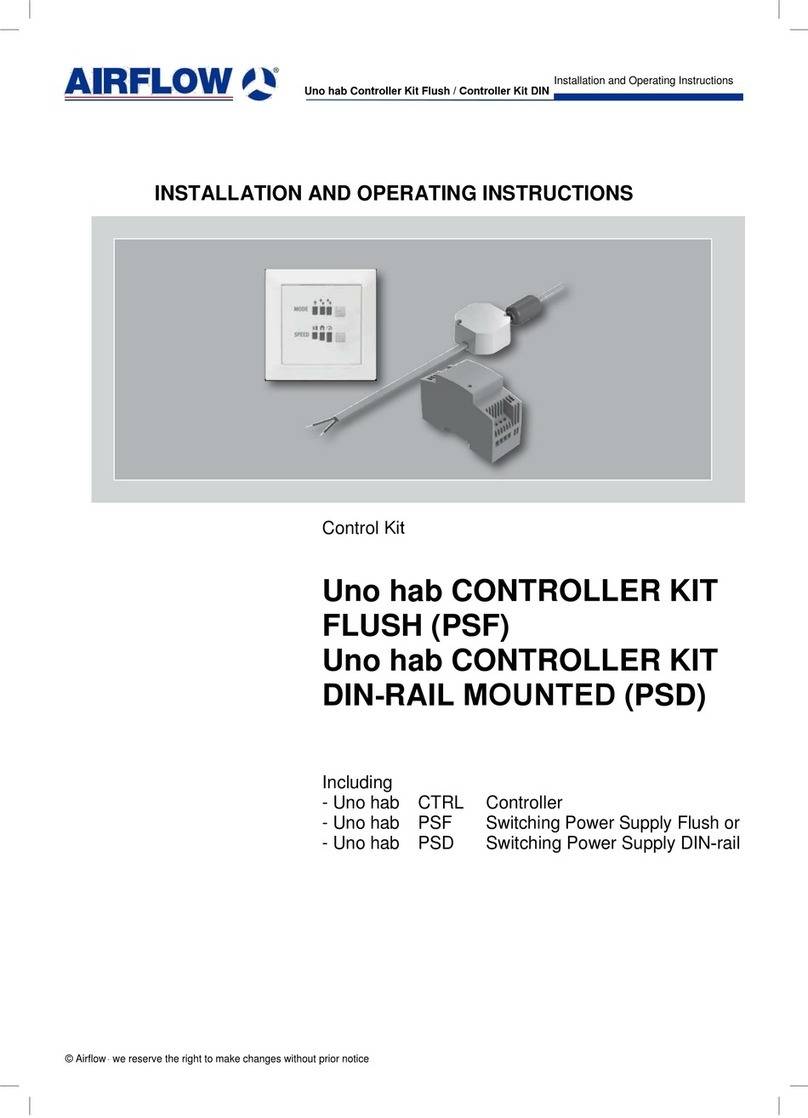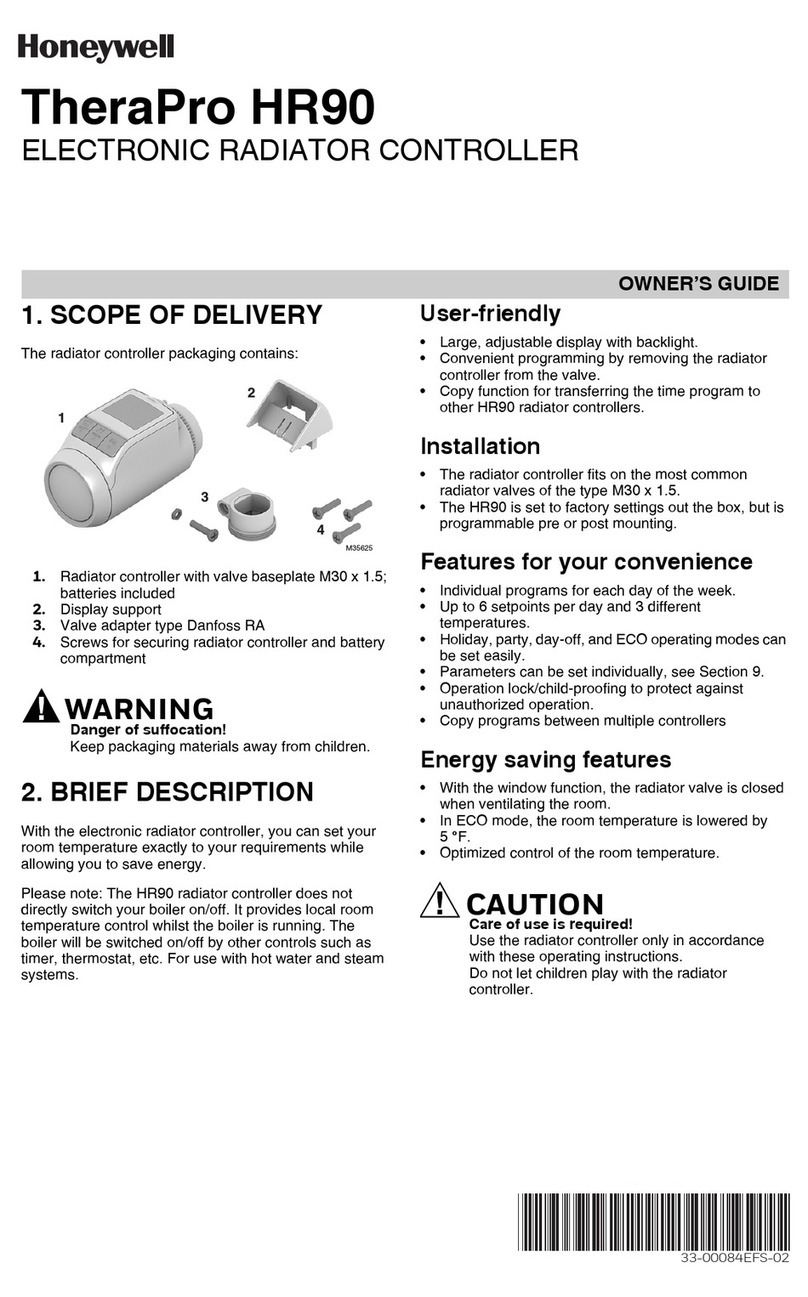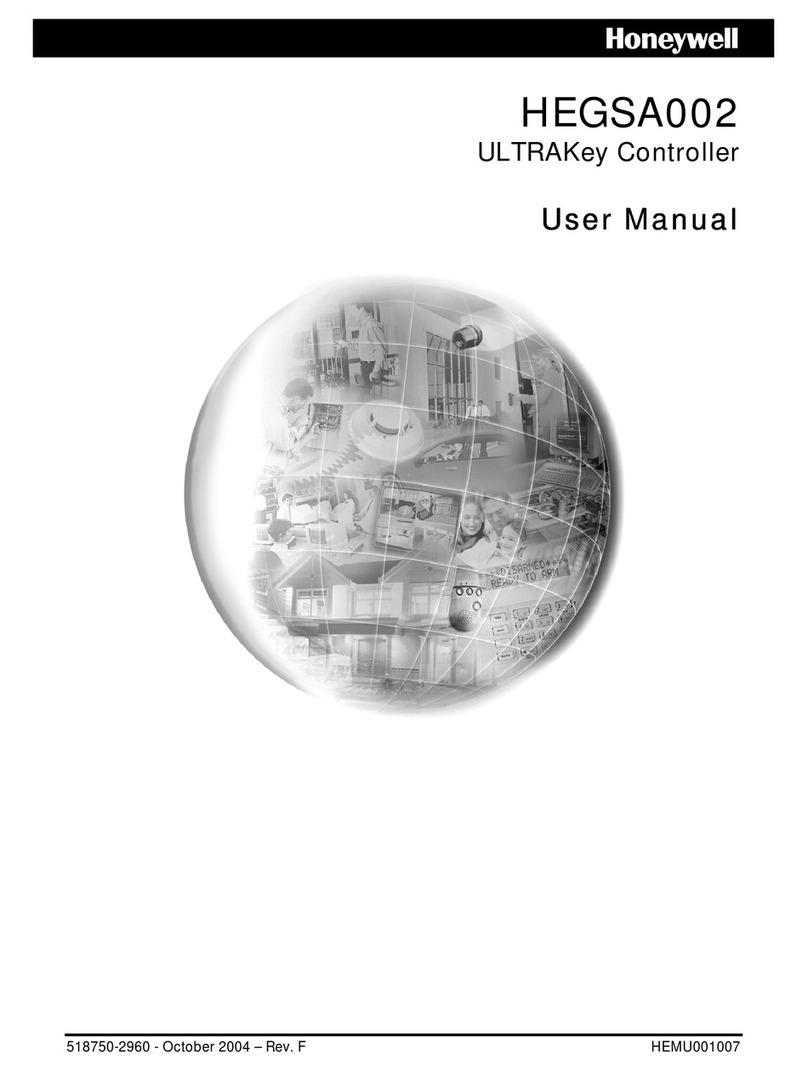
PolyGard2 Multi-Gas-Controller MGC2-K
Quick Start Guide
Please read this Quick Start Guide completely before installing the PolyGard®2
Multi-Gas Controller MGC2-K. It containsimportant informationfor your safety and
correct operation of the PolyGard®2 Multi-Gas Controller MGC2-K.
Visit http://www.honeywellanalytics.com for the PolyGard®2 MGC2-K Multi-Gas
Controller manual with full instructions for download.
1 Intended Use
The PolyGard2 MGC2-K is designed for detection and warning detection of toxic, combustible or dangerous
atmosphere in many commercial and industrial applications.
The intended sites are all areas being directly connected to the public low voltage supply, e.g. residential,
commercial and industrial ranges as well as small enterprises (according to EN50 082).
The PolyGard2 Multi Gas Controller MGC2 must not be used in potentially explosive atmospheres. The sensor
must only be employed in areas within the environmental conditions specified in the Technical Data.
2 Functional Description
2.1. General
The Multi-Gas-Controller is designed for the connection of max. three analog sensors with 4-20 mA signal and
eight Honeywell sensors.
The controller monitors the measuredvalues and activates the alarm relays if the set local alarm thresholds for pre-
alarm and mainalert have been exceeded or if there are the alarm messages coming from the eight digital sensors
via RS-485 communication.
The SIL 2 compliant self-monitoring function in the MGC2 activates the fault message in case of an internal error
as well as in case of a fault at the 4-20 mA input / output current signals or if there is a communication error to the
digital sensors.
Other options such as three-color status LED, warning buzzer, digital input for acknowledgment or test function
ensure proper adaptation to the wide range of applications in gas detection technology.
3 Installation
Electronics canbe destroyed by electrostatic discharge (ESD).Therefore, theinstallation
work should be done only by persons connected to ground, e. g. with a wrist strap
connected to ground or by standing on aconductive floor (acc. to DIN EN 100015).
3.1. Mounting Instructions
When choosing the mounting site please pay attention to the following:
•Choose mounting location of the sensor according to the local regulations.
•Mount the sensor at a location withminimum vibration and minimum variationin temperature (avoid
direct sunlight).
•Avoid locations where water, oil etc. may influence proper operation and where mechanical
damage might be possible.
•Provide adequate space around the sensor for maintenance and calibration work.
•Observe possible local instructions.
3.2. Installation Work
Assembly work must only be carried out under gas-free conditions.
Do not drill holes in the housing. Use only the providing know-outs.
•Open housing cover.
•Break out the required pre-embossed knockouts on the housing for cable glands and Sensor
Cartridge.
•Cables are introduced from above.
•The MGC2 Controller is fixed to the wall through the four marked mounting points at the back side
of the housing. These mounting points are accessible after opening the housing. See figure below.
•The dimensions XX depend on the type and can be read on the back of the housing, it is115 mm.
•The mounting points are covered by closing the cover at the end of the assembly.
•Close the cover.
Installation of Controller:
4 Electrical Connection
Assembly work must only be carried out under gas-free conditions!
Consider static electricity instructions (ESD)!
4.1. Wiring
•The technical requirements and regulations for wiring, electrical safety, as well as project specific and
environmental and local conditions etc. must be observed when mounting.
•We recommend the following cable types1:
Europa USA / Canada
Power Supply 230 V NYM-J 3 x 1,5 mm2 14 AWG / 300 V
Alarm message 230 V (also possible together with power supply.) NYM-J X x 1,5 mm2 14 AWG / 300 V
Signal message, bus connection, warning devices 24 V J-Y(St)Y 2x2 x 0,8 mm2min. 300 V
Possibly connected external analog transmitters J-Y(St)Y 2x2 x 0,8 mm2 min. 300 V
1The recommendation does not consider local conditions such as fire protection etc.
•Use copper conductors only for the terminal is only for connection to copper wire.
•Avoid anyinfluence of external interferences by using shielded cables for the bus line, but donot connect
the shield.
•Remove the cable isolationas short as possible. It isimportant to ensure that bare wires, e.g. wire shields
do not come into contact with the mounted PCB (risk of short-circuit).
•Low voltage wire and mains connected wire must be fixed separately by cable ties or similar, to secure
against looseness.
•Analog sensors are connected directly to the spring type terminals of the module. The correct polarity
must be observed.
•The alarm signals are available as potential-free change-over contacts. If required, the voltage supply is
available at the terminal L.
The exact position of the terminals for the sensors and alarm relays is shown in the connection diagrams.
4.2. Wiring Diagrams
Wiring Diagram, Example
+24 V
GND
NC
X2 X3 X41 1 12 2 23 3 3
Multi Gas Controller MGC2 24 VDC
Bus_A
Bus_B
4 - 20 mA
GND
Field Bus Analog
Input Digital
Output
1 13 32 24 4 5 6 7
X12
X13
BUS_A
24 VDC
AI_01
AI_02
AI_03
GND
Beacon
Horn
AO_01
BUS_B
GND
Analog
Output
24 VDC
24 VDC
24 VDC
GND
GND
GND
4-20mA
4-20mA
4-20mA
1 1 12 2 23 3 3
X1 23 1
Power Supply
24VDC Relay
Alarm 1 Relay
Alarm 2 Relay
Fault Relay Voltage
Max. 230
Relay drawnde-energized
Relays Mode = Energized(Alarm ON= Relay OFF)
Digital
Input
DI_1
DI_2
1 2 3
Digital
Input
GND
X11
5 Operation
The complete configuration and service are made via operating keys in combination with the LCD display screen. Security
is provided via four password levels against unauthorized intervention
Operation is done via 6 buttons
5.1. Function of the Keys and LEDs on the Keypad
Exits programming, returns to the previousmenu level.
Enters sub menus, saves parameter settings.
Scrolls up & down within a menu, changes a value.
Changes cursor position.
The status LEDs indicate the operating state.
Green: Continuous: = Normal operation
Flashing: = Maintenance message
Yellow: Continuous: = Failure
Slowly flashing: = Warming up
Fast flashing: = Special mode
Red: = Alarm
The backlight of the display changes from green to red when an alarm is active.
5.2. Code Levels
All inputs and changes are protected by a four-digit numeric code (= password) against
unauthorized intervention according to the regulations of all national and international
standards for gas warning systems. The menu windows of status messages and
measuring values are visible without entering a code.
The accessto a code level is cancelled if no buttonis pushed within 15 minutes orif there
is no data communication between display and basic board.
The code levels are classified in order of priority: Priority 1 has top priority.
Priority 1: (code not changeable)
Code level priority 1 is intended for the service technician of the installer to change
parameters and set-points. This password allows working on all settings. For opening the
parameter menus, you must first activate the service mode after code release.
Priority 2: (code not changeable)
This functionality isn’t available.
Priority 3: (customer password is settable)
Customer password is inactive in delivery state andis activated byentering avalue. Same
behavior as priority 1 password, only changing the customer password is not possible.
Normally the code is only known by the service technician who has last changed it since
it can be changed individually via priority 1.
Priority 4: (password 1234) (code not changeable)
Code level priority 4 allows the operator after activation of the operation mode “Service
Mode” to read all parameters as well as all test functions of the alarm relays, analog
outputs and LCD.
- Manual test function of the alarm relays (functional test of the connected actuators),
- Manual test function of the analog outputs (functional test of the connected actuators),
- Manual test function of the LCD (functional test of the LCD display and the LEDs).
5.3. Customer Password
Storage of an individual customer password on the display for changing the parameters.
See 5.2 Code level Priority 3. Changing the password only via access of the code level
1.
